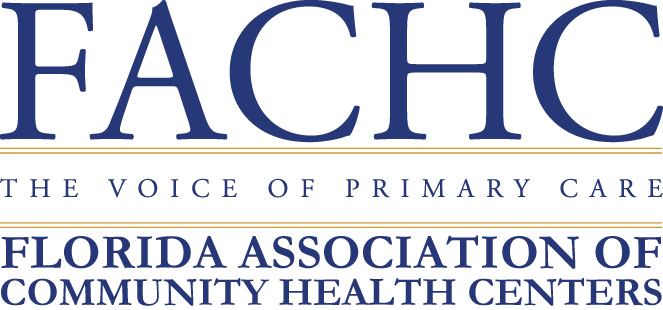Impact investing is becoming an increasingly popular way for supporters to drive social change beyond their other philanthropic efforts. Men are more likely than women, however, to view socially-conscious investing and donating as an either-or proposition as opposed to complements to one another.
Nearly one-fifth (18.9 percent) of single males look at impact investing as a replacement for donating as compared to just 11.4 percent of women, according to “How Women and Men Approach Impact Investing,” a new report by the Women’s Philanthropy Institute at the Indiana University Lilly Family School of Philanthropy. Couples seek to replace donations with their impact investing 12.2 percent of the time. Households in which men lead the decision-making see impact investing as a substitute (15.2 percent) more often than when decisions are driven by women (10.7 percent) or decided jointly (11.6 percent).
The report is based on data from the Bank of America/U.S. Trust Study of High Net Worth Philanthropy, conducted biennially by the Lilly Family School of Philanthropy. The report is developed from the 2016 data of 1,435 randomly sampled households. The average household income in the sample was $331,156 with $16.8 million average net worth. The average respondent age was just younger than 60 years old.
Debra Mesch, director of the institute, said that there is no clear reason uncovered in the data as to why men and women view impact investing differently. Past reports have showed that men and women have different motivations for their giving. Men tend to be more transactional, which could explain why they might see an investment and a donation as two separate transactions from which to choose. Women veer toward a more transformational impact with their gifts.
Mesch said that impact investing is one of a host of emerging philanthropic strategies in which supporters might be interested. Organizations tend to be behind the curve in learning about and sharing information about such tools.
“In general, I would say that nonprofits need to realize that there are a lot of vehicles out there that men and women are learning about and looking to engage with,” said Mesch.
The report also illustrates the relative likeliness, awareness, and interest individuals have about impact investing. More than one-third (34 percent) of respondents participate in impact investing, 36.4 percent of women and 32.4 percent of men, a difference that the report’s authors describe as not statistically significant.
More significant differences include age (42.7 percent of Millennials and Gen Xers engage in impact investing as compared to 35.1 percent of Boomers and 22.9 percent of those in the Silent Generation), education (36.2 percent of those with a Bachelor’s degree or greater versus 26.9 percent of those with some college credit and 22.6 percent of those with a high school diploma or less), and income (43.4 percent of those with income of over $500,000 versus 36 percent of those earning between $200,000 and $500,000 and 30.1 percent of those earning less than $200,000).
Men and women also do not show much difference in their awareness of impact investing as a financial tool. Greater than four of five (82.2 percent) of respondents were aware of impact investing, with 82.5 percent of men and 81.3 percent of women. Those aware of impact investing tended to be older, have at least $5 million in net worth, and risk-taking with personal finances.
Where slight differences materialized was when respondents were asked if they wanted to learn more about impact investing. Just more than 14 percent responded “yes,” including 16.2 percent of women and 13.1 percent of men.
Women tend to be hungrier to engage with impact investing because it might resonate more with them than male counterparts, according to Mesch. Impact investing can be tied to social consciousness and gender equality. Women seek to engage more in politics and other areas and see impact investing as a potential piece to the puzzle. That should be a clue to organizations to engage women in this strategy.
“Women are jumping on board with this,” Mesch said of impact investing. “There are a lot of conferences women are participating in, you hear about gender lens investing more than ever in the past . . . Nonprofits need to show that they have women on their boards, equal pay, and that there is a social consciousness to their mission and their organization and to market that.”
Source: The NonProfit Times
Author: Andy Segedin









